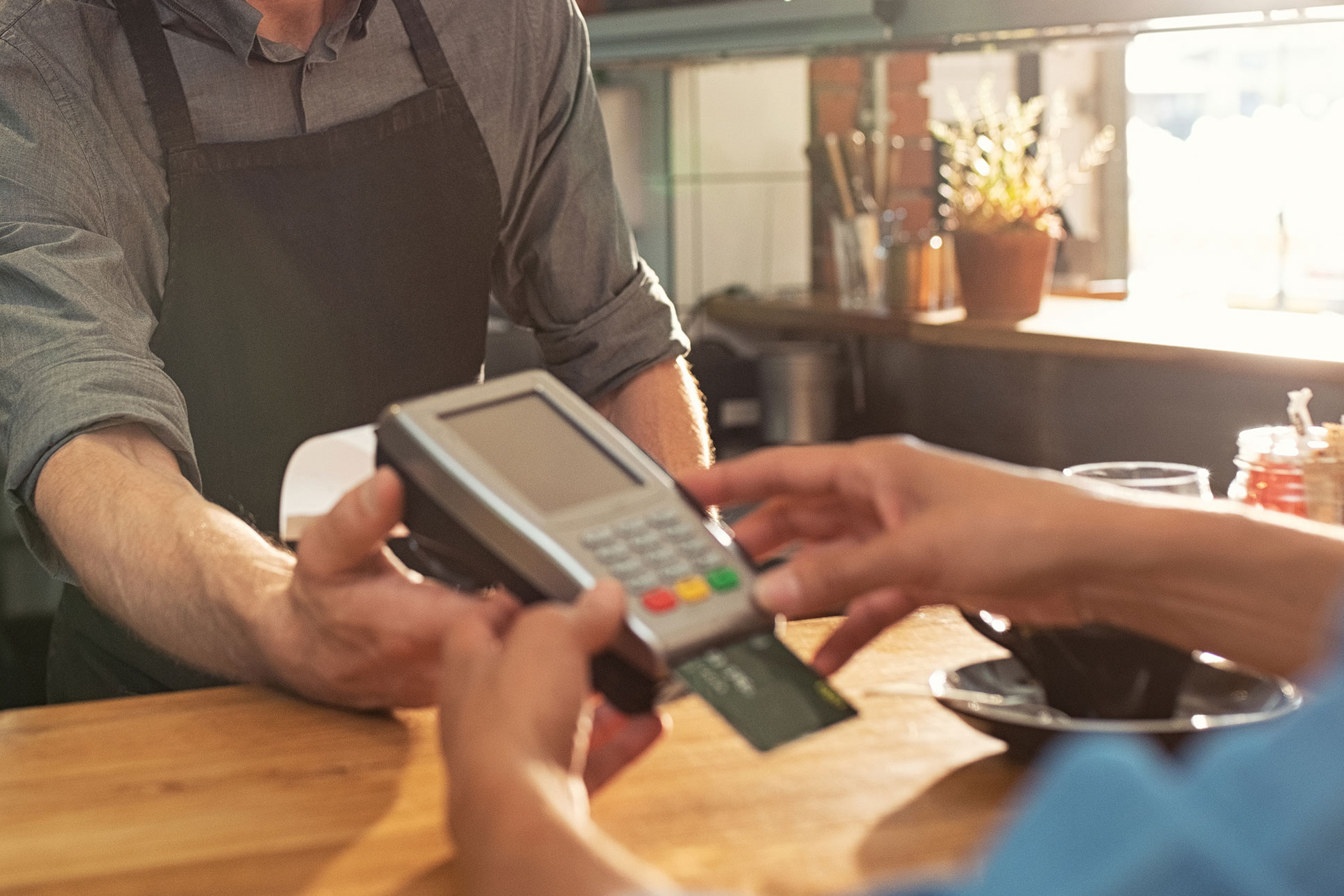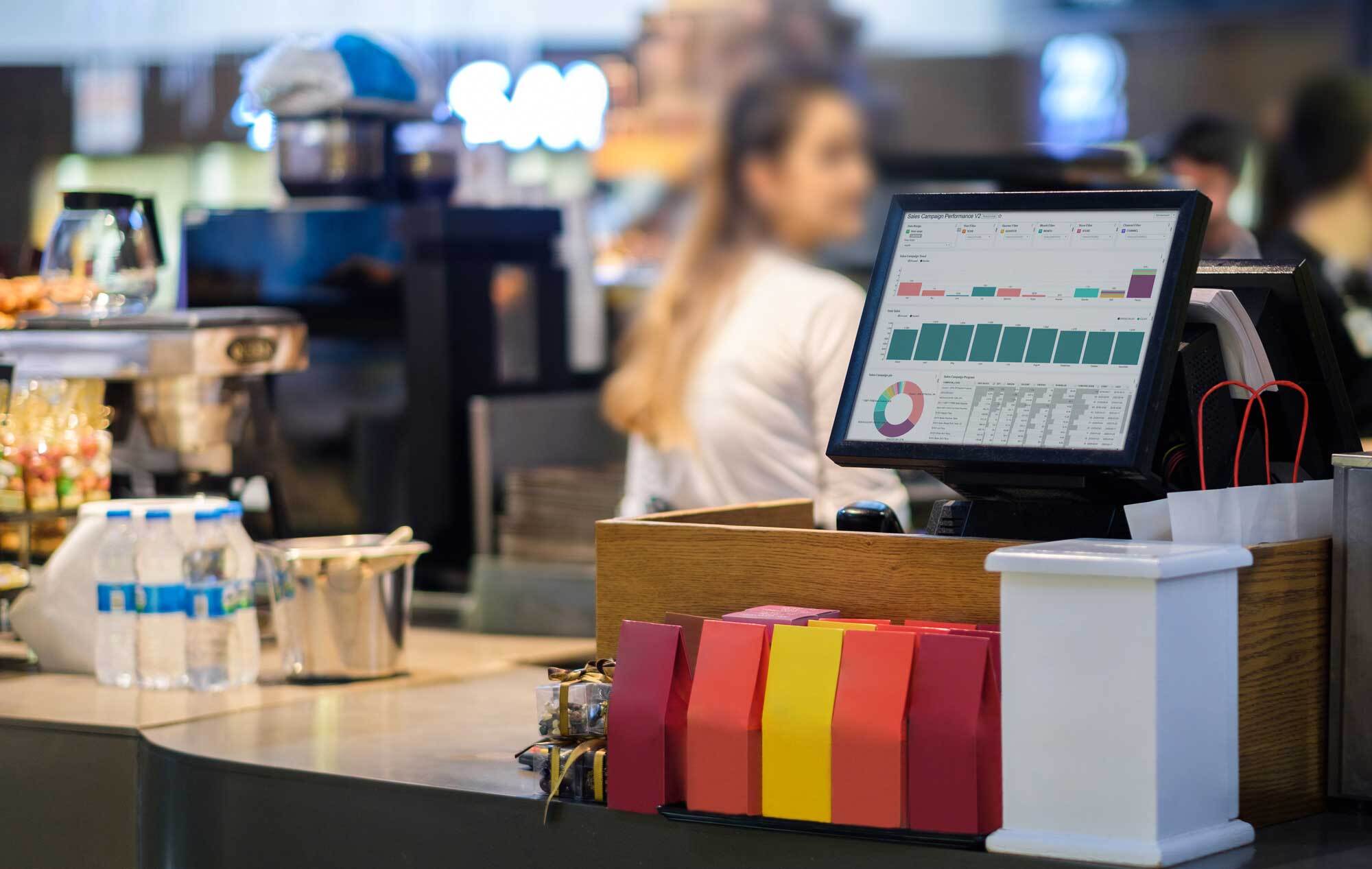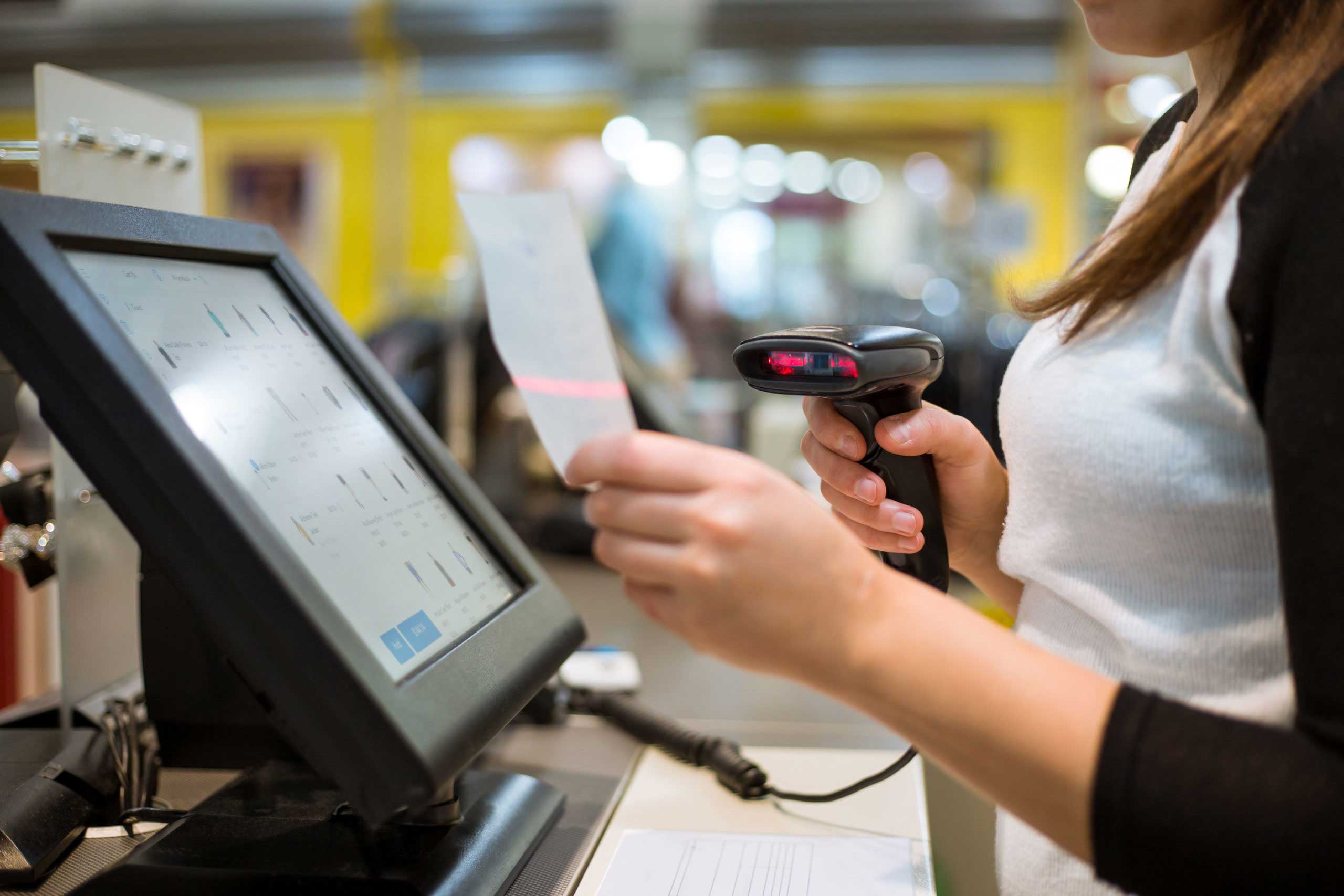A point of sale system is an efficient tool to help you reduce paperwork, save time, and run a business smoothly. Today we’ll look at how POS system works to help you achieve these goals.
Installation and configuration
To understand how to work a POS system, we’ll start with the setup of one.
A POS often consists of a server to store your database and one or more terminal stations. The system includes POS hardware and POS software.
Based on your business type, you may choose different types of POS specific to your needs. The POS provider will help you set up and integrate your POS with the rest of your retail system.
With some providers, you can request further customizations to fit with your business processes. Then, they will guide you on how to use and maintain the POS system.

The POS system installation can include the following steps:
First, you or your provider will set up a POS account. Then you can add new staff, products, promotions, or anything else that your business needs.
Then we set up the hardware sections. You’ll need a machine to run the software to process sales, such as a specialized POS machine, a desktop computer, or even an iPad.
To make checkout easy, your POS system should connect with some peripheral devices such as a cash drawer, receipt printer, or barcode scanner.
For example, some retailers pair their iPad register with a barcode scanner via Bluetooth. This way, their system works to transfer data in real time from the scanner to the POS.
How POS system works
Retail POS workflow can be quite complicated based on each merchant’s industry and scale. Here are the most common retail processes you can carry out on your POS system.
Data entry
Check out with a POS system can minimize the time you spend entering customer and product data.
If you’re migrating from a legacy system or worksheets to an EPOS system, modern POS systems usually let you import data in mass. You can quickly set up your order, customer, and inventory across your retail solution.
You can quickly look up your product catalog or customer database for the POS to fill in the sales order automatically. This way your staff won’t have to type in data manually for every transaction.

Inventory management
If you want to know specifically how many T-shirts you have in each store, you first must enter them into the system when they arrive in your store. Then, every time you sell a shirt to your customer, you subtract it from inventory.
How does a POS system work to simplify this process? You just need to scan an item’s barcode to add the product and price into the invoice automatically. After the transaction is complete, the POS subtracts the quantity from your inventory automatically.
In addition, some POS solutions also provide alerts when inventory items get low. It means whenever you might run out of stock to sell, your system will automatically notify you via email or notification.
Customer marketing
By tracking customer purchases and their contact information, you can design personalized marketing strategies to gain more business.

A POS system can integrate with the customer database and loyalty programs of your retail solution. It means you can help customers join your loyalty programs during the checkout process and run various promotions at the same time.
Besides, most retail systems allow automated email marketing as well as direct mail reports. Some of these systems even help you create and send emails directly from your POS system.
A POS system also works to boost customer experience via face-to-face communication. When a customer comes in, your staff can see their past transactions and make more personalized recommendations or upsell products.
In addition, your staff can record other information such as customer birthday or favorite color. Customers love being recognized and cared about when they do business, so these little touches keep them coming back.
Payment
To take payment, you’ll usually have to configure the payment methods in your software. This includes:
- Setting up your merchant account
- Pairing with terminal devices
- Displaying the payment options on the POS screen

Cash payment is usually the most simple method. Your staff will receive the cash from customers, create invoices for them, and put the money in your cash drawer.
With payment via credit card, it’s necessary to purchase payment terminals that meet the latest security requirements. Your POS will send the transaction details and amount to the payment terminal so your customer can swipe or tap their card. When the payment is successful, the POS will create an invoice and record the transaction into your system.
Some companies support split payment. It means your customers can use multiple payment methods at the same time to pay for an order. Depending on your industry, you can also let customers pay in installments instead of upfront.
Order history
The POS workflow doesn’t stop at printing receipts after an order is complete.
Behind the scenes is where all the real POS actions happen. All purchased items will be deducted from the inventory and recorded in sales reports.

If there are any discounts or markdowns, they should show up on reports and your customer management system.
Lastly, your system should display all sales in your shift summary, Z reports, transaction reports, and your analytics dashboard. The data will provide an insight into your business performance and help you build more effective business strategies in the future.
Report
A must-have feature of an excellent POS system is running reports.
As a business owner, you’ll spend a lot of time reviewing reports and managing inventories, stores, staff, and more on your POS.
POS systems usually come with essential reports such as sales, customers, inventory, or marketing. You can customize these reports and create new ones to help you get a snapshot of how your business is doing.
You should be able to transfer the reports automatically to your finance department or other accounting software.

To sum up
Although POS systems vary based on business types, they share many core components and processes. They are data entry, inventory management, customer marketing, payment, order history, and report.
Despite all these beneficial functions, many retailers are reluctant to switch to a better POS system. Instead, they continue to use old cash registers, Quickbooks, or Excel worksheets.
It can be overwhelming to implement new technology to transform your system. There’s always the risk of losing critical data when you migrate to a new one. It may also require a change in your business process and disrupt your business operations.
However, the core issue is finding the right POS for your business. To do so requires an understanding of how POS system works for your business and how to evaluate different providers based on your needs.
If you are on a journey to find a better POS for you and your staff, check out our 90-day guide on how to purchase and launch a POS system.
If you’re a retailer looking for a POS for Magento or Shopify, you can save time and effort by booking a free consultation with our experts. Together we can build a POS that works best for your business requirements.
















Every time I go to the store, I buy many things. But I’m not sure how the POS system operates. Thank you for explaining how a POS system works.